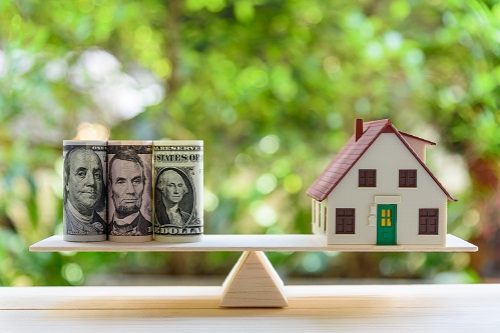How much building property coverage do I need for a condo?
You need enough dwelling coverage on your condo insurance to cover everything inside the unit for which you're responsible. To find out how much condo insurance you need, first you will need to check a few important things.
- What does your HOA cover? Read over your HOA's policy to find out what type of coverage it provides and what you are responsible for insuring. That will tell you what type of condo insurance you need to buy.
- What does your mortgage company require? Your lender likely has requirements for your condo insurance policy. This may include a certain minimum for dwelling insurance.
- Have you done any upgrades? You will need to insure any upgrades you have done to the interior of your unit. Consider things like upgraded fixtures or new built-in appliances when calculating how much dwelling coverage you need.
What is dwelling coverage for a condo?
Dwelling coverage on a condo policy is what covers the internal parts of the unit for which you are responsible. It's very different from a homeowners policy, because what you’re responsible for differs quite a bit. In fact, dwelling coverage is the main difference between condo and homeowners insurance.
On a condo policy, you’ll usually see dwelling coverage called building property coverage, although some companies may use the term dwelling. It covers everything on the interior of your condo that isn’t insured by the association’s master policy.
There are two main types of condo policies when it comes to building property coverage, all-in (or all-inclusive) and bare walls (or walls-in) coverage.
All-in or all-inclusive
With this type of policy, you’re responsible mainly for your personal property. The condo association covers both external and internal features of the condo itself. You may need a minimal amount of building property coverage in this case.
Make sure you’re clear on exactly what you are responsible for; you may need your own coverage for any upgrades you make to the interior, like new light fixtures or an upgraded stove.
Bare walls or walls-in
With this type of policy, you’re responsible for everything from the walls in. So, you need to cover flooring, cabinetry, fixtures, sinks and tubs and anything else that’s not your moveable personal property.
In this case, you need considerably more coverage. Again, make sure you understand exactly what you need to cover.
Condo insurance calculator
Average condo insurance rates in TexasMost & least expensive ZIP codes for condo insurance in Texas
| ZIP code | City | Highest rate |
|---|---|---|
| 77554 | Galveston | $2,034 |
| 77550 | Galveston | $2,025 |
| 77551 | Galveston | $1,936 |
| 77590 | Texas City | $1,835 |
| ZIP code | City | Lowest rate |
|---|---|---|
| 79910 | El Paso | $570 |
| 79918 | Biggs Field | $570 |
| 79908 | Biggs Field | $570 |
| 79968 | El Paso | $571 |
How to estimate condo building property coverage: Value-based vs. square footage methods
There are two main ways to calculate dwelling or building property coverage: calculate 20% of the condo's value, or calculate based on square footage. Here's a breakdown:
| Method | Formula | Example | Coverage amount |
|---|---|---|---|
| 20% of value | Unit value (4) x 0.20 | $300,000 x 0.20 | $60,000 |
| Square footage | Sq. footage x Cost per sq. ft. | 800 (sq. ft.) x $125 per square foot | $100,000 |
Note that the unit value should be based on the appraised value of the unit and not the market value, as market value doesn't reflect what it would actually cost to rebuild.
When using the square footage, remember that:
- You don't need to cover the exterior of the unit
- Building costs are just an average
- You need to account for any high-end upgrades or additions to the interior of the unit
And, finally, ensure you know:
- What the HOA covers
- What your mortgage company requires for coverage limits
Methodology
Condo insurance rate data is fielded by Quadrant Information Services across all 50 states and
Washington, D.C.
Averages are based on:
- $60,000 in personal property coverage
- $300,000 in liability coverage
- $1,000 deductible
- Good credit
Learn more about our data and methodology.
Frequently asked questions
Do I need dwelling coverage for a condo?
You likely need at least a minimal amount of dwelling coverage (building property coverage) for your condo. Even if you have an all-in HOA condo insurance policy, you will still want to cover any upgrades or improvements you do on the inside of the unit. You may also be required by your mortgage company to have dwelling insurance.
What does dwelling coverage for a condo cover?
The dwelling coverage portion of your condo insurance policy covers anything on the interior of the unit that isn't covered by the HOA policy. That may include cabinets, countertops, flooring, built-in appliances and fixtures. These items are not covered by the personal property coverage portion of your condo insurance.
What is unit owners building property coverage?
Unit owners building property coverage is the same as dwelling or building property coverage for a condo. It's the portion of your policy that covers and structural elements for which you, as the unit owner, are responsible.




